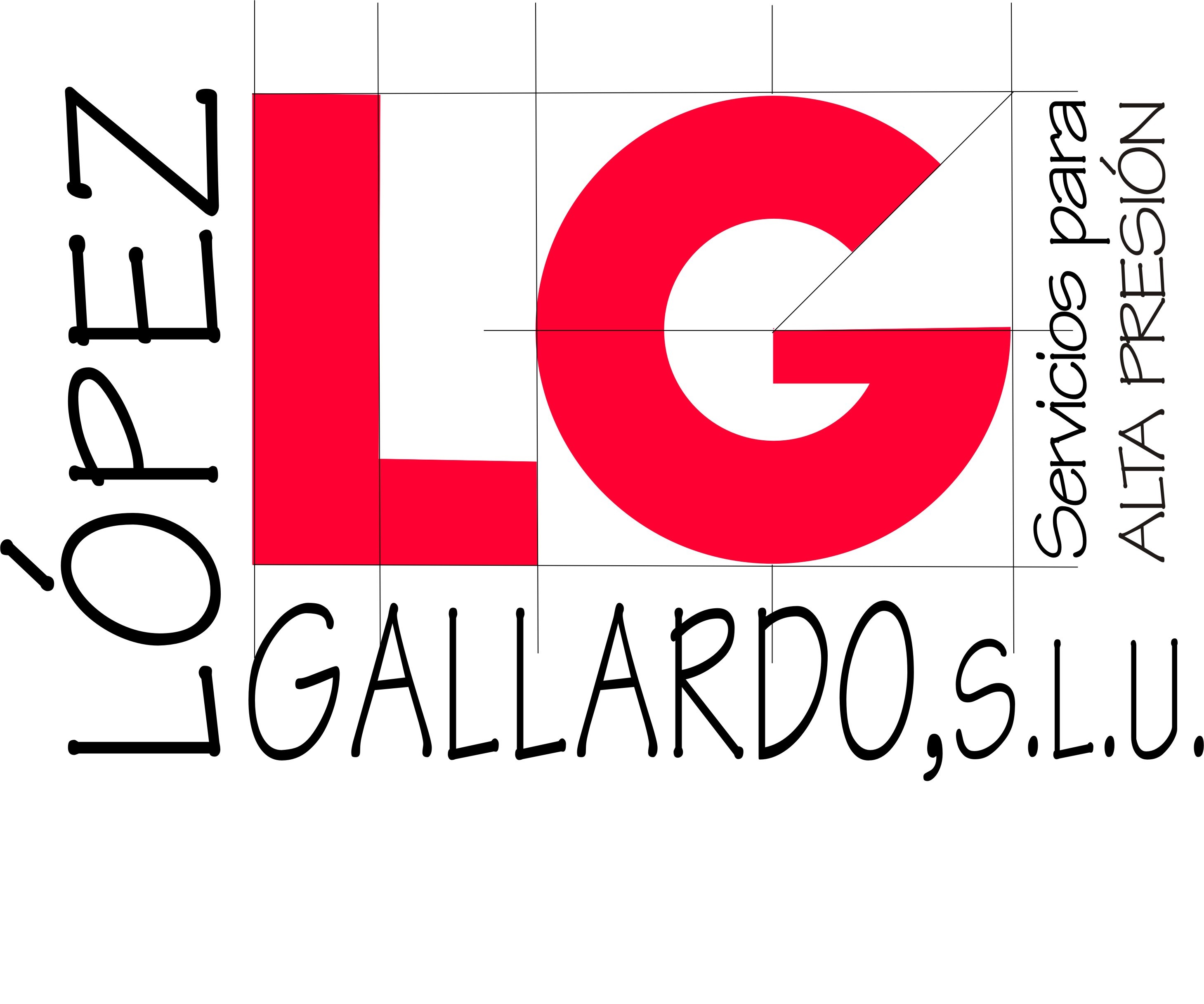Sin categoría
Microfinance for Smaller businesses
For more than 1 ) 7 billion people globally who shortage access to bank services, microfinance is an important formula. This collection of financial services enables small businesses to grow and thrive, increasing household riches and creating opportunities for the purpose of families and communities.
Nevertheless , there are many actual assumptions about how precisely microfinance devices poverty respite and small business development that must be critically evaluated. One is the assumption that microfinance inculcates ‘unbankable’ borrowers into standardised borrower-lender associations that lead to formalisation. In our investigate in transition contexts, we found that microfinance clients operate typically (but never wholly) within the informal financial system as agentic entrepreneurial individuals with a vibrant and contextually inserted set of applying for motives intended for utilization, contingencies, and enterprise development.
We also found that in spite of an overall fad towards partially formalisation amongst the surveyed list of entrepreneurial credit seekers, this process is certainly neither predictable nor stage-driven. Moreover, a focus in pushing MFOs to formalise their client base in order to maximize impact evaluation and insurance policy direction would be counterproductive in these settings, where the informal sector retains a deep distrust of the point out as predatory and corrupt.
Additionally , mission go – the phenomenon whereby MFIs gradually cater goods and expertise to a richer customer segment — is a developing issue with regards to the microfinance industry. The work in India showed that the was mainly due to an increase in loan sizes, www.laghuvit.net/2021/12/25/virtual-data-room-and-how-to-find-it/ which usually allowed financially stronger individuals to obtain loans. We suggest that focusing on the standard of loans, rather than their size, can be a great way to tackle objective drift.

